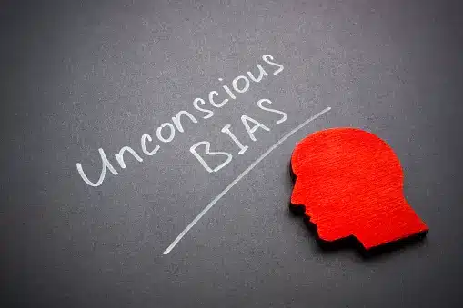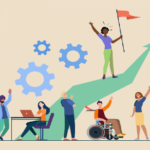Unseen Forces: The Impact of Unconscious Bias on Workplace Dynamics
In the complex tapestry of the modern workplace, unconscious biases are often silent but powerful contributors to organizational dynamics. These biases, formed by societal norms and personal experiences, can influence decision-making, hinder diversity and inclusion efforts, and shape the overall culture of a workplace. Understanding the impact of unconscious bias is crucial for creating environments that foster fairness, equality, and innovation.
What is Unconscious Bias?
Unconscious bias refers to the automatic and involuntary judgments and stereotypes that individuals form about others based on characteristics such as race, gender, age, and socio-economic status.Unlike conscious biases, which are deliberate and intentional, unconscious biases occur without individuals being aware of them.
The Role of Unconscious Bias In Decision-Making
Unconscious bias can significantly influence various aspects of decision-making within the workplace, from recruitment and promotions to project assignments and performance evaluations. When unchecked, these biases can lead to unintentional discrimination, favouring certain groups over others and perpetuating existing disparities.
Impact on Diversity and Inclusion Efforts
Despite efforts to promote diversity and inclusion, unconscious bias can undermine these initiatives. Hiring managers may unintentionally favour candidates who resemble them or share similar backgrounds, perpetuating homogeneity within the workforce. Recognizing and addressing unconscious bias is essential for creating truly inclusive workplaces.
Stereotype Threat and Performance
Unconscious bias can trigger stereotype threat, a phenomenon where individuals from stereotyped groups experience anxiety about conforming to negative stereotypes. This can negatively impact their performance and hinder their ability to showcase their full potential. Mitigating unconscious bias is crucial for creating an environment where everyone feels empowered to excel.
Communication Breakdowns
Unconscious bias can also affect workplace communication. When individuals hold preconceived notions about others based on their backgrounds, it can lead to misinterpretations, misunderstandings, and ineffective collaboration. Addressing bias promotes open communication and strengthens interpersonal relationships.
Employee Morale and Well-Being
Employees who perceive bias in the workplace may experience lower morale and job satisfaction. The negative impact on well-being can lead to increased stress, burnout, and turnover. Organizations that actively work to eliminate unconscious bias contribute to a positive and supportive work environment.
Creating Inclusive Policies
To combat the impact of unconscious bias, organizations should implement inclusive policies and practices. This includes creating diverse hiring panels, establishing clear criteria for evaluations, and providing unconscious bias training for employees at all levels. These measures help create a fair and equitable workplace.
Building Awareness and Education
Raising awareness about unconscious bias is a critical step in addressing its impact. Organizations can conduct training sessions, workshops, and seminars to educate employees about the existence of unconscious bias and its consequences. By fostering awareness, employees can actively work to recognize and challenge their own biases.
Diverse Leadership As a Countermeasure
Leadership plays a crucial role in shaping organizational culture. Diverse leadership teams can serve as powerful countermeasures to unconscious bias. When leaders actively promote diversity and inclusion, they set an example for the entire organization and contribute to a more inclusive workplace culture.
Continuous Monitoring and Evaluation
Addressing unconscious bias is an ongoing process that requires continuous monitoring and evaluation. Organizations should regularly assess their policies, practices, and workplace culture to identify areas where bias may persist. By remaining vigilant, companies can adapt and evolve towards a more equitable future.
In conclusion, unconscious bias is a subtle but pervasive force that shapes workplace dynamics. Understanding its impact is the first step towards creating a workplace that values diversity, promotes inclusivity, and unlocks the full potential of every individual. By actively addressing and mitigating unconscious bias, organizations can cultivate environments that foster innovation, collaboration, and sustained success.











 LOOKING FOR A JOB?
LOOKING FOR A JOB?